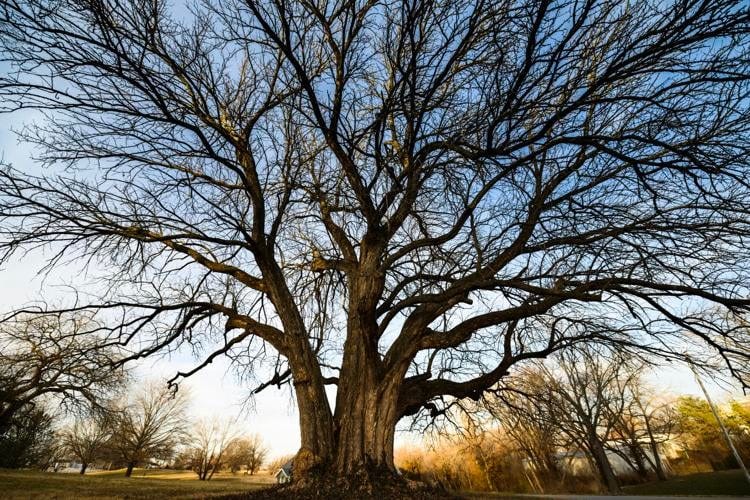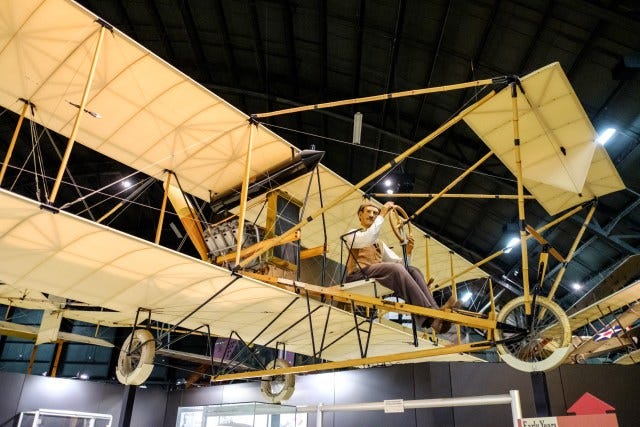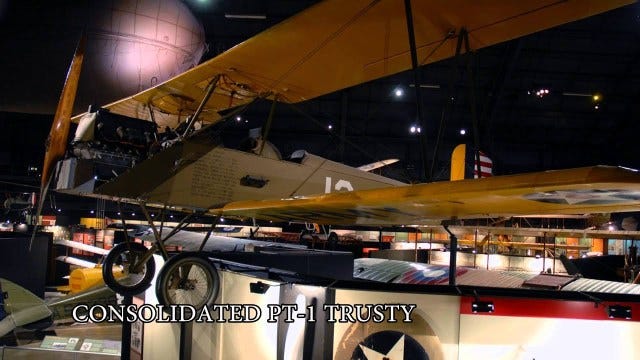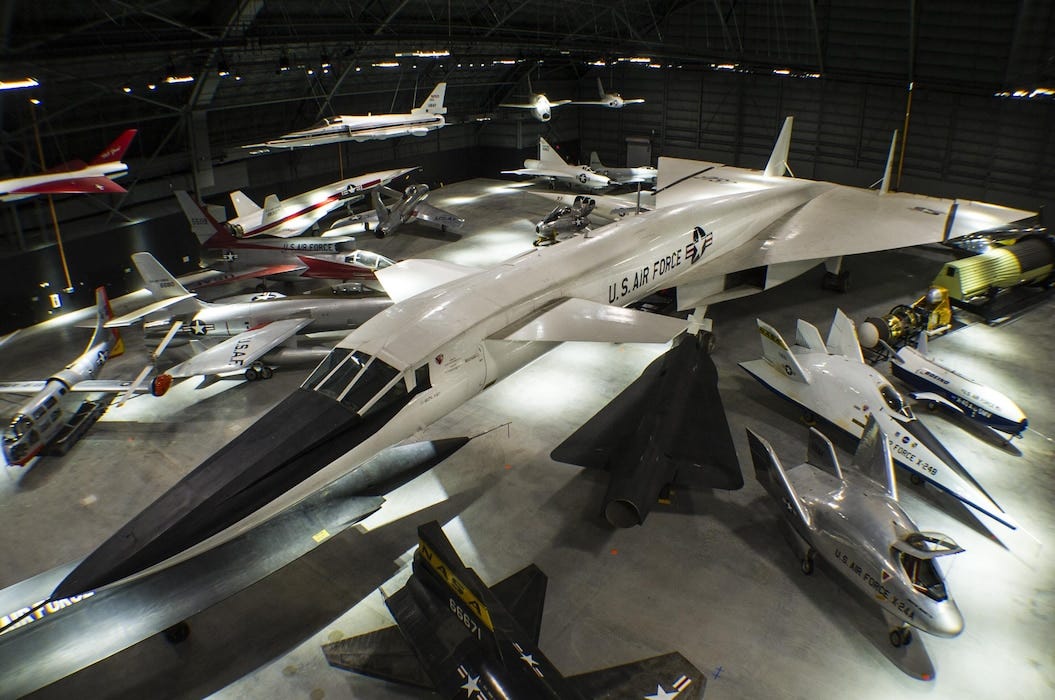Character provides a leader with a moral compass that focuses his efforts on the values we cherish: courage, honesty, selflessness, and respect for our fellow man. Character also allows you to decisions quickly and correctly.
Major Dick Winters
One of the things that I cherish as a father has been seeing my son pass through milestones and learn of the travails that others have conquered that in turn inspire him. Outdoor adventure has been a big part of that, it gets you outside your comfort zone, and for us Boy Scouts has been a big part of that. The troop leadership was helmed by dads who had served in the arm forces and the emphasis and respect and service was very strong. Our young men learned many great lessons.
This month’s column for No Safety Net No Internet is a combination of important values of leadership, courage, and braving the cold while camping out in November at Wright Patterson Air Force Base. Veterans Day is today, and it too plays a part in this article in a few different ways. Our troop was very active in honoring the fallen and the veterans who had seen combat. Many families in our troop had relatives who were actively serving, or who had recently entered civilian life.
In the spirit of honoring all who had served, one of our Eagle scout’s Eagle project was videotaping interviews with veterans who had served in Afghanistan, Iraq, Vietnam, Korean and World War II. 32 veterans were interviewed and their videos are personal narratives in the Library of Congress. Here are just a few:
William A Newman
Veterans Day Timeline
Originally named Armistice Day, the advent of honoring veterans of combat began November 11th, 1919, one year after armistice had been declared that ended hostilities of World War 1. President Woodrow Wilson delivered these words in the first commemoration of wounded and fallen American soldiers.
To us in America, the reflections of Armistice Day will be filled with solemn pride in the heroism of those who died in the country’s service and with gratitude for the victory, both because of the thing from which it has freed us and because of the opportunity it has given America to show her sympathy with peace and justice in the councils of the nations…”
In 1938 Armistice became a legal holiday, and was a time set aside to honor combatants of World War 1.
It wasn’t until 1954 that Armistice became a day to honor American Veterans of all wars. It was to originally mark the great loss of World War I in hopes that such a conflict would never happen again. By this time World War II and the Korean War had transpired, and the scope of the holiday was expanded to honor all American warriors. The name was changed to Veterans Day.
President Dwight Eisenhower issued the first Veteran’s Day Proclamation on October 8th, 1954.
In order to insure proper and widespread observance of this anniversary, all Veterans, all Veterans’ organizations, and the entire citizenry will wish to join hands in the common purpose. Toward this end, I am designating the Administrator of Veterans’ Affairs as Chairman of a Veterans Day National Committee, which shall include such other persons as the Chairman may select, and which will coordinate at the national level necessary planning for the observance. I am also requesting the heads of all departments and agencies of the Executive branch of the Government to assist the National Committee in every way possible.”
Captain Eddie Rickenbacker’s Perspective Of Armistice
While presidents offered lofty words in honor of the combat veterans, a better perspective of the cessation of fighting is best experienced through the eyes of ace pilots Captain Edward Rickenbacker, who witnessed something special on the day fighting was suspended.
Rickenbacker’s path to becoming a pilot is a true American story of not accepting the judgment of others. Even in the early days of World War 1 expertise, or lack thereof, often became a barrier. Not for Rickenbacker.
He was originally turned down for enlistment for lack of education but was persistent, and on May 25, 1917, at New York City he joined the Signal Enlisted Reserve Corps, with assignment to the Aviation Section. Three days later he was on his way to Paris, France, for assignment to Aviation Headquarters American Expeditionary Forces. His rank was sergeant first class. He served as General John J. Pershing’s staff driver. At his insistence he was permitted to join a fighter unit, being assigned as a student at the Aviation Training School at Tours, France.
Defying orders, Captain Rickenbacker flew over the battle front the morning the armistice orders were issued.
“I was the only audience for the greatest show ever presented. On both sides of no-man’s-land, the trenches erupted. Brown-uniformed men poured out of the American trenches, gray-green uniforms out of the German.”
“From my observer’s seat overhead, I watched them throw their helmets in the air, discard their guns, wave their hands. Then all up and down the front, the two groups of men began edging toward each other across no-man’s-land.”
“Seconds before they had been willing to shoot each other; now they came forward. Hesitantly at first, then more quickly, each group approached the other.”
“Suddenly gray uniforms mixed with brown. I could see them hugging each other, dancing, jumping. Americans were passing out cigarettes and chocolate.”
“I flew up to the French sector. There it was even more incredible. After four years of slaughter and hatred, they were not only hugging each other but kissing each other on both cheeks as well.”
“Star shells, rockets and flares began to go up, and I turned my ship toward the field.”
“The war was over.”
Leadership
Sacrifice is something that we emphasized with our young men in scouts. Leadership is both a skill that is learned as well as a culmination of good values. Those are learned, too, though they may not be apparent in our days of convenience. And sometimes they can be hard to learn.
Our scoutmaster was a Sergeant in the Marine Corps, and years after my son has aged out of the troop, he still speaks of the sense of honor, respect and discipline that he learned from his experience with Scoutmaster Neary. With regards to veterans, our boys were afforded many opportunities to honor those who had sacrificed and served our country. One such example was a dinner held to honor World War II and Korean veterans. The scouts were responsible for greeting and serving that evening. Hearing the stories and speeches in a formal setting reinforced with our young men that many in our community who we encounter in everyday life lived very differently when overseas in combat. It also exposed them to the sense of loss from the recollection of fallen comrades.
The Scoutmaster Minute is the close of each troop meeting, and Scoutmaster Neary delivered a very inspiring speech regarding honoring and respecting each as part of our fellowship. He included the quote
From this day to the ending of the world,
But we in it shall be remember’d;
We few, we happy few, we band of brothers;
For he to-day that sheds his blood with me
Shall be my brother
A Boy Scout troop is not the military, but there are important lessons of comradeship and leadership that are common to both, and emphasis on character is crucial for development of healthy males. Plus a Marine Corp Sergeant getting young bloods’ attention with “When I say ‘eyeballs’” you say ‘Click!’” Is good for discipline. When males aim for the middle they tend to hit bottom, and snapping them out of their antics is good for them.
Wright Patterson Air Force Base
Adversity gives rise to brotherhood, and cold weather helps build character. One of our most memorable outings was our troops trip to Wright Patterson Air Base and The National Museum of the US Air Force in Ohio. Veterans Day fell on a Saturday the day we toured the museum, yet this was only a portion of why the trip was memorable.
We camped out in tents that weekend on the Wright Pat base. Our troop always planned exciting excursions and these entailed long car trips to reach our destinations. This trip was no exception, and it took extra planning for us as we had to get clearances in order to stay the weekend on base. While this was benign paperwork we had to submit, it added to the sense of adventure they boys had for the weekend plans. When you’re 13 and you hear “you have to get clearance” your mind tends to invent all sorts of scenarios. It was a 5 hour drive, and despite everyone’s best efforts, we didn’t hit the road that Friday until after 6 pm. Each trip the scouts load their gear in the trailer, and it’s our hope that the caravan arrives together to set up camp.
As a driver on these trips I learned early on that picking the right kids as passengers was important. And not kids who are quiet. To the contrary, after being at work from 6 am that morning, a 5 hour night drive requires that you have a gang who will keep you awake. One of my biggest fears was nodding off on these long drives, so I always wanted talkers, jokers, and young guys who would have energy along the way. My son was my accomplice as I’d ask him to invite certain kids to go with us. I am changing names for privacy sake. On this trip I told my son “Get Eric to ride with us.” Eric came from a family of 5, with 3 brothers who were currently in the troop. Despite looking quiet and unassuming, Eric was the “evil” one. He wasn’t mean - he was a mini version of Robin Williams. The kid would rate the other drivers we encountered in traffic, his imagination jumped description to description. Definitely not respectful, but I needed to stay awake, and he had the van howling with laughter. I started a game for everyone, a story where each person would tag on their twists to the plot and characters, and after I started it off I chose Eric, who jumped in and had us laughing again. This lasted nearly 2 hours. Unbelievable, but you gotta do what you gotta do.
We arrived just past 11 PM at Wright Patterson. Since we were camping out on base we had to pass through the checkpoint to enter and we were greeted by armed guards who inspected our paperwork.
One sentries said to the boys “You guys camping out? That’s hardcore.” The scouts ate that up - having an armed guard call a 14 year old hardcore is an ego trip for that kid.
But the sentry wasn’t exaggerating. It was November with a clear sky, and it was cold. The sentries looked cold despite having a gatehouse to keep warm in. When I checked the temp, it was only 17 degrees and no cloud cover.
As with all plans, there is the “plan”, then there is reality. The caravan got separated, with the trailer delayed. We drove to the field where we were going to stay for the weekend. Wright Patterson is 12.5 square miles and it’s a city unto itself with barracks, offices, warehouses, large fields and of course hangars and runways. We were camping near the perimeter, with running water and Porta Johns, no electricity. Only half of our contingent arrived, and we had to wait for the trailer before we could set up camp.
And as I said, it was 17 degrees Fahrenheit.
The field where we were staying was full of Osage Orange trees, and the limbs of those trees looked eerie in the dark. The scouts immediately ran out to investigate and it was a good thing to keep them moving because we all needed to keep warm. The field itself was littered with large Osage Oranges. Suddenly a soccer game broke out between a couple different groups as they kicked around the Osage Oranges. That descended into other games as the guys grabbed sticks and tree limbs and started smashing the oranges. In the dark it reminded me of a bizarre version of Planet of the Apes as some of the boys clubbed away at the weird clusters. But it kept them warm.
When the trailer arrived we all set up camp quickly. Given the cold we gave the boys a talk about keeping warm by zipping their coats up around their legs to drive the heat back up to their trunks, and to wear hats and hoodies. Since it was so cold, the adult leaders took shifts and checked on the boys each hour. It was a long, freezing cold, tiring night.
Saturday morning finally arrived, and we rousted the boys to make breakfast so we could get to the museum. We dads were eager to see the exhibits too. It was so cold the water in the porta john froze solid to translucent blue. And of course Eric reported what it was like to witness his pee bounce off the surface. We all snickered like hoodlums, even the adults. It was freaking cold and we wanted to eat, and get mobile.
The National Museum of the US Air Force
The National Museum of the US Air Force has 19 acres of indoor exhibits, with 360 planes. These include famous air vehicles such as Apollo 15 Command Module Endeavour, the only surviving North American XB-70 Valkyrie, and the Boeing B-29 Superfortress Bockscar, which dropped the atomic bomb on Nagasaki during World War II. Modern planes include Lockheed NT-33A. Lockheed P-80R. Lockheed YF-12A. Lockheed Martin X-44A. McDonnell XF-85 Goblin.
Before we entered, Scoutmaster Neary reminded the boys that they represented our troop, our town and that while they were wearing a scout uniform they were to conduct themselves respectfully. Particularly on Veterans Day in the presence of other veterans and people currently serving. The scouts buddied up, and we dads divided up to keep an eye on them as best we could as they shot ahead through the exhibits.
The Museum is massive. And incredibly cool. To see the progression of technology is quite something. You need to remember that the Wright Brothers made bicycles. They weren’t “experts” at anything, they were pioneers. And they built their prototypes in their bike shop.
Think of it this way: walk out to your garage and pull a bike out, and while looking around at the tools you have at your disposal, imagine trying to prototype a plane. For the first time. Ever. You have far more sophisticated tools at your disposal than the Wright Brothers could have dreamed of using.
When you see the first planes, with wooden frames and canvas for wings, you realize how rickety they are. You are basically in a wooden box with thick cloth that keeps you in the air. Not steel.
The first engine powered plane is massive, it’s huge steel engine sitting on a wood structure. No enclosed cockpit, you’re out in the open. That’s it. Those are the first years of flight.
What is more incredible is that the technology and engineering technique didn’t really develop until the planes were used in war. It is a sobering fact that the war efforts drove much of the improvement in our flying vehicles. Walking from era to era in the exhibit halls, you see the leaps of quality of manufacturing. Compare the Wright’s first vehicle to the SR-71 Blackbird. That progression occurred in less than 70 years. Even the comparison of 2 decades of flight show a remarkable rate of improvements.
The Stump Speeches
We dads were determined to walk the entire museum complex, which we did. In the late afternoon we finished and returned to the campsite. We had an interesting mix of personalities at the troop, with one young guy who was the ultimate contrarian, and always the center of commotion. If you heard a crash and turned to see the origin, it was guaranteed to be Noah. Again, I’m changing names here. Noah has grown to be a good man, and as a kid he had a good heart, he just loved to argue. And he was good at it. And he would tell you that.
You see these stumps in photo above? Those are where the Stump Speeches took place. Noah wanted to start a fire, and a circle of his compadres appeared to jeer at him as he tried to light one before dinner. Luckily it wasn’t as cold as the last evening, but we wanted to get warm. One of our rules is that you let the senior scouts advise the younger ones, so Allen, 2 years older than Noah was coaching Noah along. With the fire going, Noah jumped up onto the stump and started jabbering away about his classes, and how he was going to be an attorney. Allen started teasing him, drawing Noah into some crazy boasts and bravado.
Somehow the discussion turned to climate science, and Noah, wanting to argue, let out a “Of course I’m not dumb enough to believe that global warming is real.”
Allen smirked, because he had goaded Noah, and now other scouts who either were sick of Noah’s mouth or who believed in global warming, jumped in. And onto the other stumps. It was glorious, Noah did not yield, reveling in all the attention. This pissed off some of the scouts, while others were just laughing. And yes, we dads let them have at it. I said to one of the other dads “Look, we have the mini Founding Fathers with their stump speeches”.
Here’s the thing, while some feathers were ruffled, the boys all were happy to hangout. Noah was one of those precocious kids who the younger ones didn’t quite get. I admire him for sticking to his guns, he is on his way to being a good attorney and public speaker. It’s funny talking to him now, he has more humility as he’s learned from these skirmishes.
We had an evening of bowling planned for the scouts, and while some revenge was exacted for the stump speeches, the guys had a blast. As a group they did really support each other. Each scout worked at each other’s Eagle projects, and Noah was always at everyone else's, so things balance that way. And these young guys were a band of brothers in that respect.
As for us dads that weekend, it was a long haul. 5 hour drive down, and a 5 hour drive back home. On the return trip the van was quiet. Not because tempers were high from the Stump Speeches but because every single one of my passengers was asleep. Those nights sleeping outdoors in cold temps can suck the soul right out of your body, and these guys were tired after a great trip. So while it was a long drive back, I wouldn’t have had it any other way.
I am closing with a short speech by Major Dick Winters of the 101st Airborne Division. His dedication to his duty and to his troops who lead is legendary. I hope we foster another generation who can act so bravely, yet with such great humility. We need to honor the future in that respect as well.













